A research team searches for every gene that helps tumors evade immunotherapy
Broad Institute
OCTOBER 11, 2023
By Allessandra DiCorato October 11, 2023 In 2011, Robert Manguso was working in a cell biology lab when his mother was diagnosed with Merkel cell carcinoma, a rare and aggressive skin cancer. Along the way, TIDE is showing how careful, systematic science at scale can quickly home in on promising drug targets.

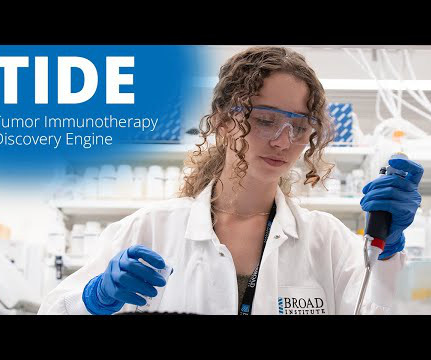

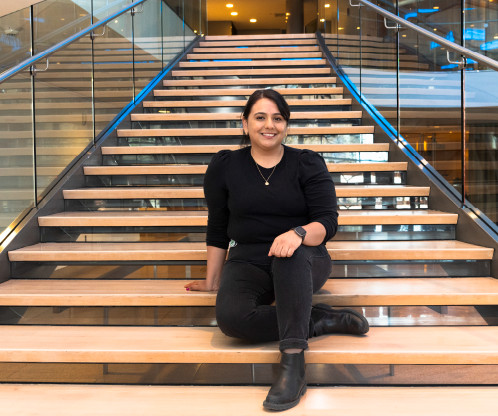


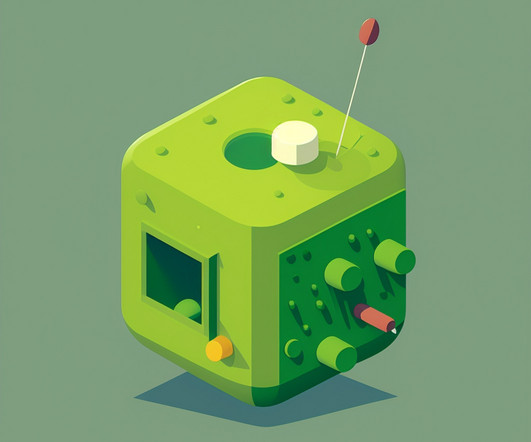
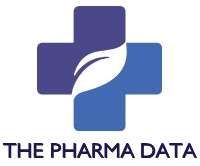
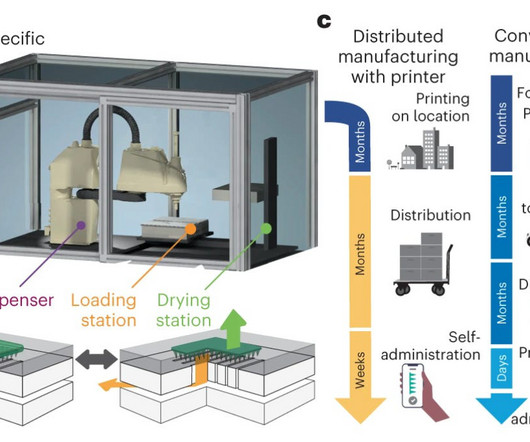
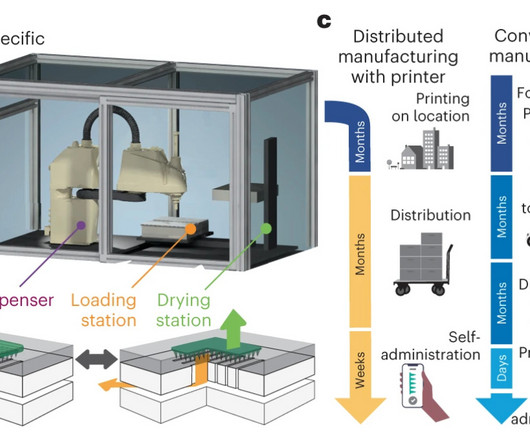

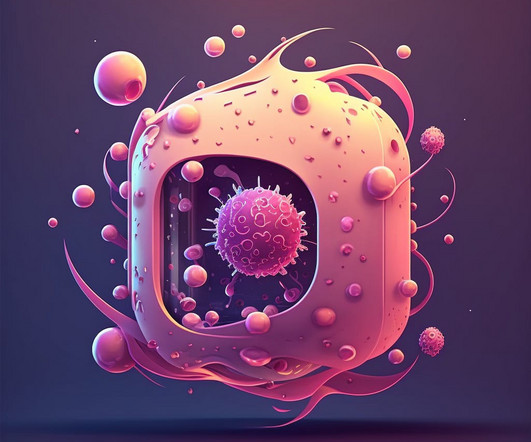
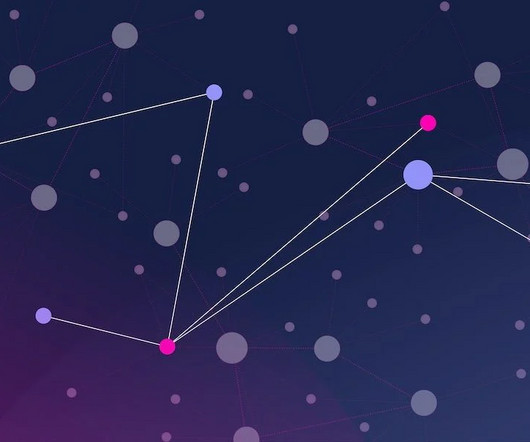
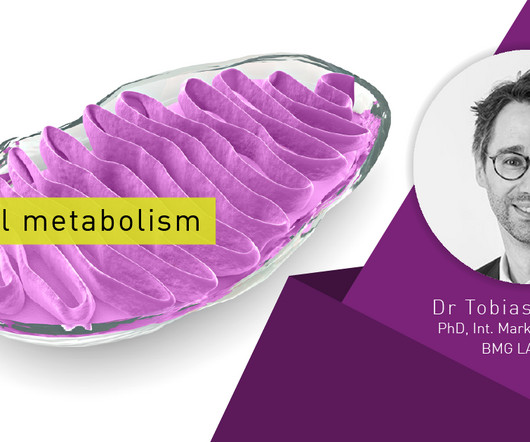
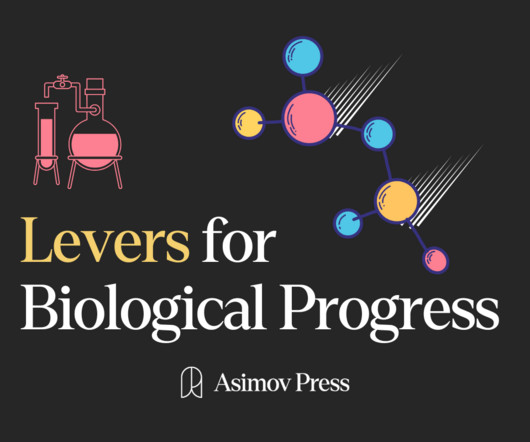
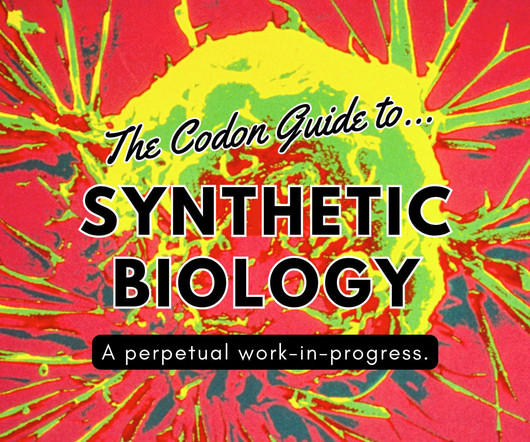

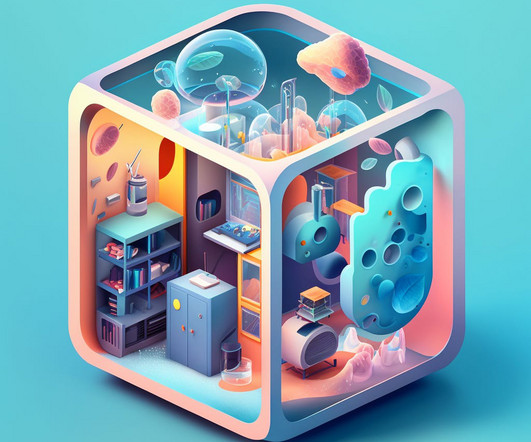






Let's personalize your content